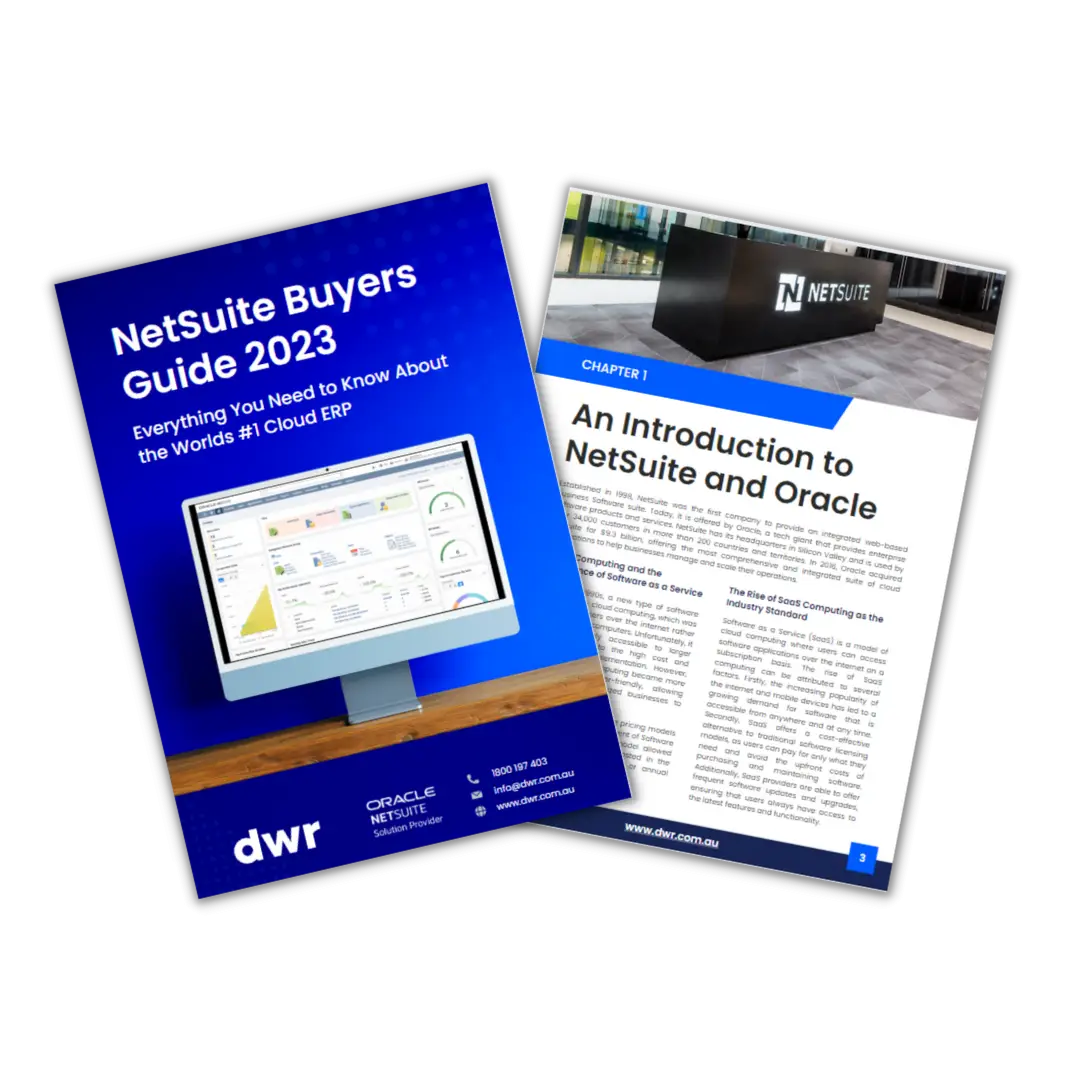Omni-channel retailing is growing increasingly popular as businesses strive to improve customer experience and satisfaction. This type of shopping enables customers to shop online, in-store, or a combination of both while having access to product information, recommendations, discounts, and loyalty rewards. Omni-channel retailers are leveraging technology such as NetSuite, Salesforce, and other software platforms to manage inventory and customer relationships across multiple channels. As more retailers focus on omni-channel strategies, technology is expected to become even more important in the future of retailing.
Definition of Omni-Channel Retail
Omni-channel retail is a business model that integrates different sales channels, such as online stores, physical stores, social media catalogues, and mobile apps storefronts. It allows customers to purchase products through multiple channels while having access to the same information and promotions no matter which channel they are using. The main goal of an omni-channel strategy is to provide customers with a consistent and seamless shopping experience across all channels.
Advantages and Disadvantages of Omni-Channel Retail
The advantages of omni-channel retail include increased customer loyalty, better customer service, improved inventory management and accessibility, and cost savings. Customers can purchase items in a variety of ways, with confidence that your prices and policies will remain unchanged regardless of the channel of purchase. By offering a true omni-channel experience, retailers are able to create deeper relationships with their customers by engaging them through the channels they are most likely to purchase through.
Disadvantages of omni-channel retail include the upfront cost of implementing the technology, integrating systems, and training employees. It can also be difficult to keep track of customers across multiple channels, making it harder to provide personalized experiences.
Trends in Omni-Channel Retailing
As retailers focus on omni-channel strategies, trends such as the use of artificial intelligence and augmented reality are expected to increase. AI technology can help personalize customer experiences based on preferences and past purchases. Augmented reality allows customers to virtually “try on” products before making a purchase. Additionally, interactive kiosks and digital signage are being used in stores to provide customers with more information and a better shopping experience.
Strategies for Successful Implementation of an Omni-Channel Strategy
To be successful with omni-channel strategies, retailers must focus on providing a consistent customer experience across all of their channels. This includes maintaining the same pricing, policies, and product information regardless of where customers are shopping. Retailers should also invest in technology that supports a streamlined experience and provides customers with a seamless transition between channels.
A Look Ahead to the Future for Omni-Channel Retailers
The future of omni-channel retailing looks bright, with more and more businesses investing in technology to better manage their inventory and customer relationships. As customers become increasingly reliant on digital channels for shopping, it is important for retailers to focus on providing a consistent experience across all channels. With the right strategies and technologies in place, retailers can capitalize on the growing trend of omni-channel retail and create deeper relationships with their customers.
About DWR
DWR is a leading Australian NetSuite partner specializing in helping retailers achieve omni-channel excellence. We provide strategic advice and solutions to help businesses create seamless shopping experiences across all channels. Our team of experienced professionals has a wealth of knowledge in retail technologies, NetSuite retail edition, and POS solutions.
Contact us today to learn more about how we can help you achieve omni-channel success.
.svg)

